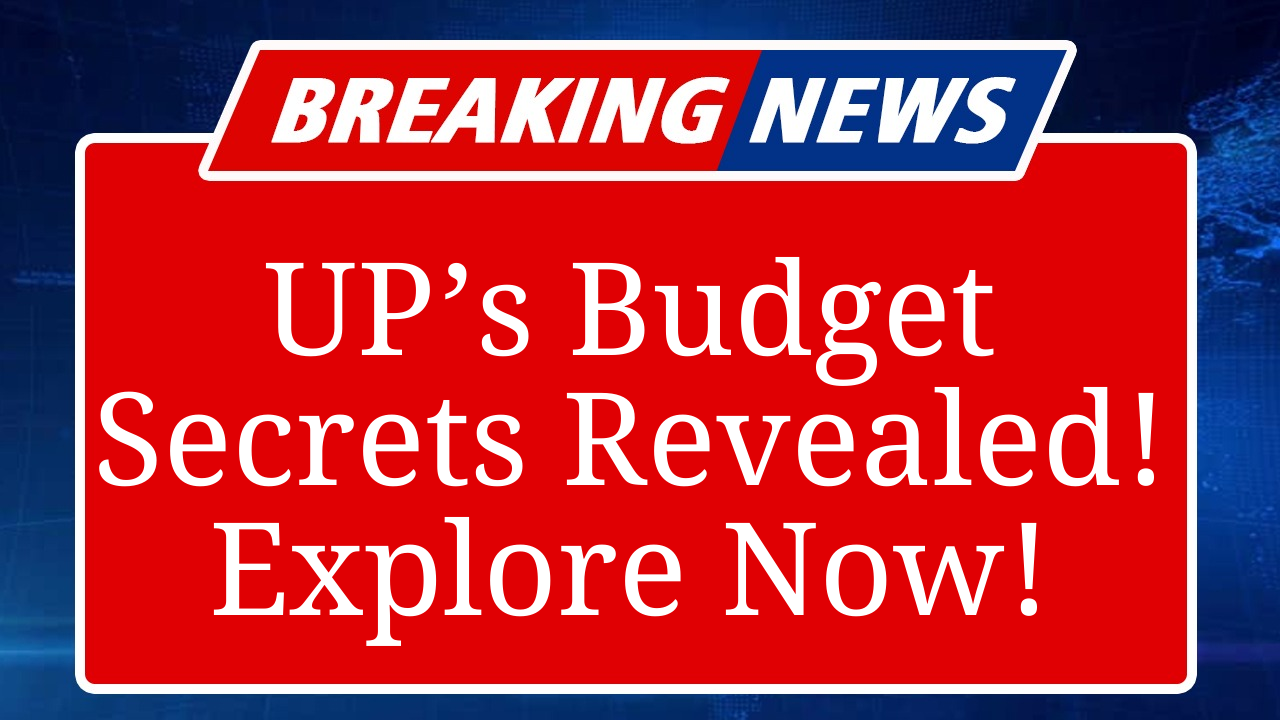UP’s Public Access Portal revolutionizes budget transparency, offering real-time access to financial data, expenditure details, and scheme allocations. Launched to empower citizens, it simplifies fiscal oversight, promotes accountability, and aligns with India’s push for open governance. The portal addresses gaps in public access to state budgets, fostering trust and participation in governance.
Uttar Pradesh Unveils Public Access Portal to Boost Budget Transparency
In a significant step toward fostering transparent governance, the Uttar Pradesh government has launched the UP Public Access Portal, a digital platform designed to provide citizens with real-time insights into the state’s budgetary processes. The initiative, rolled out in August 2025, aims to bridge the gap between complex fiscal data and public understanding, aligning with India’s broader push for open budget systems.
The portal offers comprehensive access to budget documents, expenditure details, and allocations for key development schemes such as the Mahatma Gandhi National Rural Employment Guarantee Scheme (MGNREGS), Swachh Bharat Mission (SBM), and Pradhan Mantri Awas Yojana (PMAY). Users can explore district-wise and constituency-wise fiscal data through interactive dashboards, making it easier to track how public funds are utilized. This move addresses long-standing concerns about limited transparency in state budgets, which have historically hindered public participation in fiscal oversight.
According to official statements, the portal is screen-reader accessible, with plans to add more accessibility features by December 2025. It includes a feedback mechanism, allowing citizens to raise queries and contribute to discussions on budgetary priorities. The platform also provides downloadable datasets in multiple formats (PDF, CSV, Excel), enabling researchers, policymakers, and citizens to analyze fiscal information for evidence-based advocacy.
The Centre for Budget and Governance Accountability (CBGA), a key collaborator in the portal’s development, emphasized its role in empowering citizens. “This initiative demystifies budget data, making it usable for the common person. It’s a step toward accountable governance,” said a CBGA spokesperson. The portal’s constituency-wise mapping of scheme funds, covering states like UP, Bihar, and Odisha, has been particularly praised for enabling localized oversight.
Data from the Open Budgets India platform indicates that UP’s budget for FY 2025-26 allocates ₹7.36 lakh crore, with significant outlays for infrastructure (₹2.1 lakh crore) and social welfare (₹1.8 lakh crore). The portal allows users to drill down into these figures, offering clarity on how funds are distributed across districts and schemes. For instance, allocations for PM-KISAN in UP’s rural constituencies are now publicly accessible, promoting accountability in fund utilization.
The initiative draws inspiration from global best practices, such as the Philippines’ Senate Budget Transparency Portal, launched in September 2025, which similarly provides public access to budget documents. In India, the portal aligns with recommendations from the International Monetary Fund (IMF), which has urged enhanced fiscal transparency to improve policy decisions. A 2020 IMF report highlighted that India lags behind G20 peers in fiscal reporting, underscoring the significance of UP’s initiative.
Challenges remain, including the need for greater awareness to ensure widespread adoption. Experts suggest that the state government should integrate the portal with awareness campaigns to educate citizens, particularly in rural areas, about accessing and interpreting budget data. Additionally, addressing the complexity of India’s accounting system, as noted by CBGA, will be critical to sustaining the portal’s impact.
The UP Public Access Portal marks a pivotal moment in India’s journey toward open governance. By providing real-time, user-friendly access to budget information, it empowers citizens to hold authorities accountable and participate meaningfully in shaping fiscal priorities.
Disclaimer: This article is based on recent reports, official government announcements, and insights from platforms like Open Budgets India and CBGA. Data is sourced from publicly available information as of September 2, 2025. Readers are advised to verify details through official channels for the latest updates.

